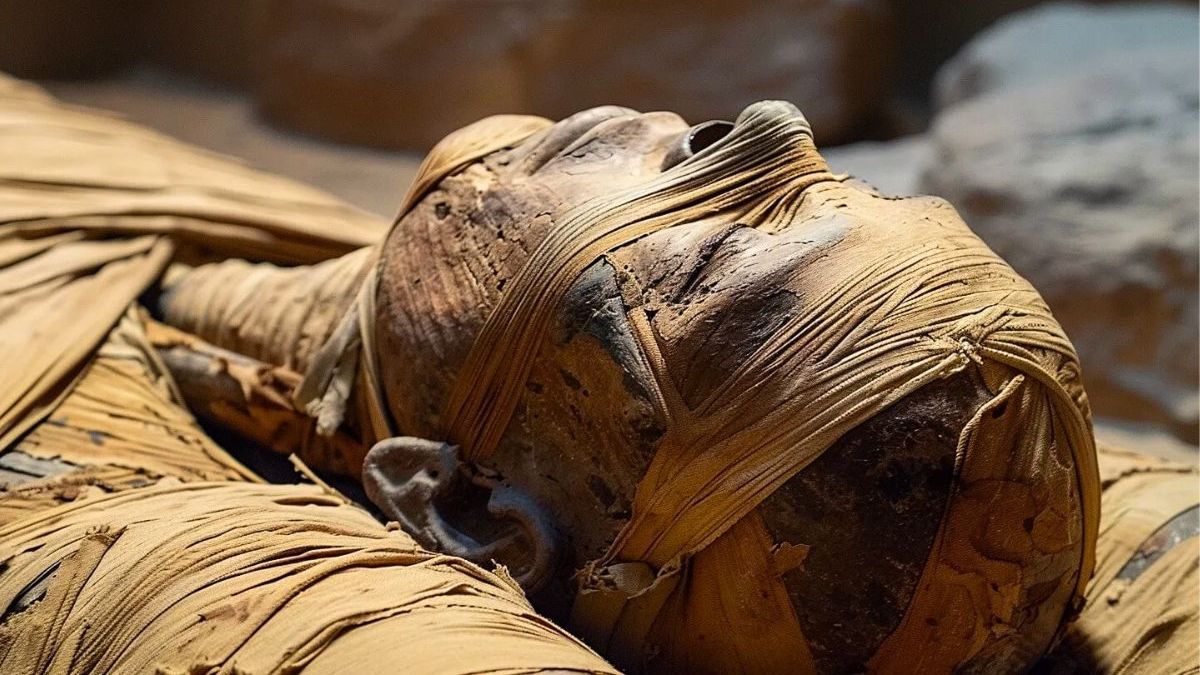A Dark Feast: The Shocking History of Europeans Eating Mummies for Centuries

For centuries, a bizarre and unsettling tradition gripped Europe: the consumption of mummies, specifically those from ancient Egypt. This wasn't a fleeting fad, but a deeply ingrained practice with historical, medical, and even social roots. Prepare to delve into a shocking history, exploring the reasons why Europeans believed eating mummies held medicinal properties and why this practice persisted for over 500 years.
The Origins of a Macabre Trend
The practice of consuming mummies, known as “mumia” in medieval Latin, began in the 12th century and reached its peak in the 16th and 17th centuries. The word “mumia” itself derives from the Arabic word “mumiyya,” meaning “bitumen,” referring to the embalming resins used in ancient Egyptian mummification. Initially, the belief was that these resins possessed healing powers, and therefore, the mummies themselves held similar properties.
Trade routes connecting Europe and the Middle East facilitated the arrival of mummies in European markets. Merchants, often from Venice and Genoa, became involved in the trade, initially marketing the resins extracted from the mummies. However, demand soon shifted to the mummies themselves, ground into a powder and sold as a medicinal substance.
Why Did Europeans Eat Mummies? The Medical Beliefs
The purported medicinal benefits of mummy consumption were extensive, though completely unfounded by modern science. Europeans believed that consuming mummy powder could cure a wide range of ailments, including:
- Headaches and Migraines: It was thought to alleviate pain and reduce inflammation.
- Stomach Problems: Mummy was believed to aid digestion and treat various gastrointestinal issues.
- Wounds and Injuries: It was used as a poultice and ingested to promote healing.
- Bleeding Disorders: Some believed it could help stop bleeding and strengthen the blood.
- Plague and Other Diseases: In times of epidemics, desperate individuals turned to mummy as a last resort.
The belief in mummy’s healing power was fueled by a combination of factors, including the association with ancient Egyptian knowledge (which was highly revered in Europe), the rarity and cost of the substance (making it seem inherently valuable), and a general lack of understanding of human anatomy and disease.
The Economics and Social Status of Mummy Consumption
Mummy powder was incredibly expensive, often costing more than saffron or other valuable spices. This meant that only the wealthy and aristocratic classes could afford to consume it. The practice became a status symbol, demonstrating wealth and access to exotic goods. Royal courts and prominent physicians were among the biggest consumers.
The trade in mummies had a devastating impact on Egyptian burial sites. As demand increased, grave robbers plundered tombs, desecrating the remains of the deceased to extract the valuable material. This led to a decline in the availability of mummies and eventually contributed to the practice’s decline.
The Decline and Legacy
Several factors contributed to the gradual decline of mummy consumption in the 18th century. Increased scientific scrutiny and a growing understanding of anatomy and medicine began to debunk the claims of mummy’s medicinal properties. Furthermore, the rise of alternative medicines and the increasing difficulty in obtaining mummies due to stricter regulations led to its eventual abandonment.
Despite its bizarre nature, the history of Europeans eating mummies provides a fascinating glimpse into the beliefs, practices, and social dynamics of past centuries. It serves as a reminder of how cultural perceptions and medical understanding can drastically differ from our own, and the sometimes-unsettling consequences that can arise from them.





